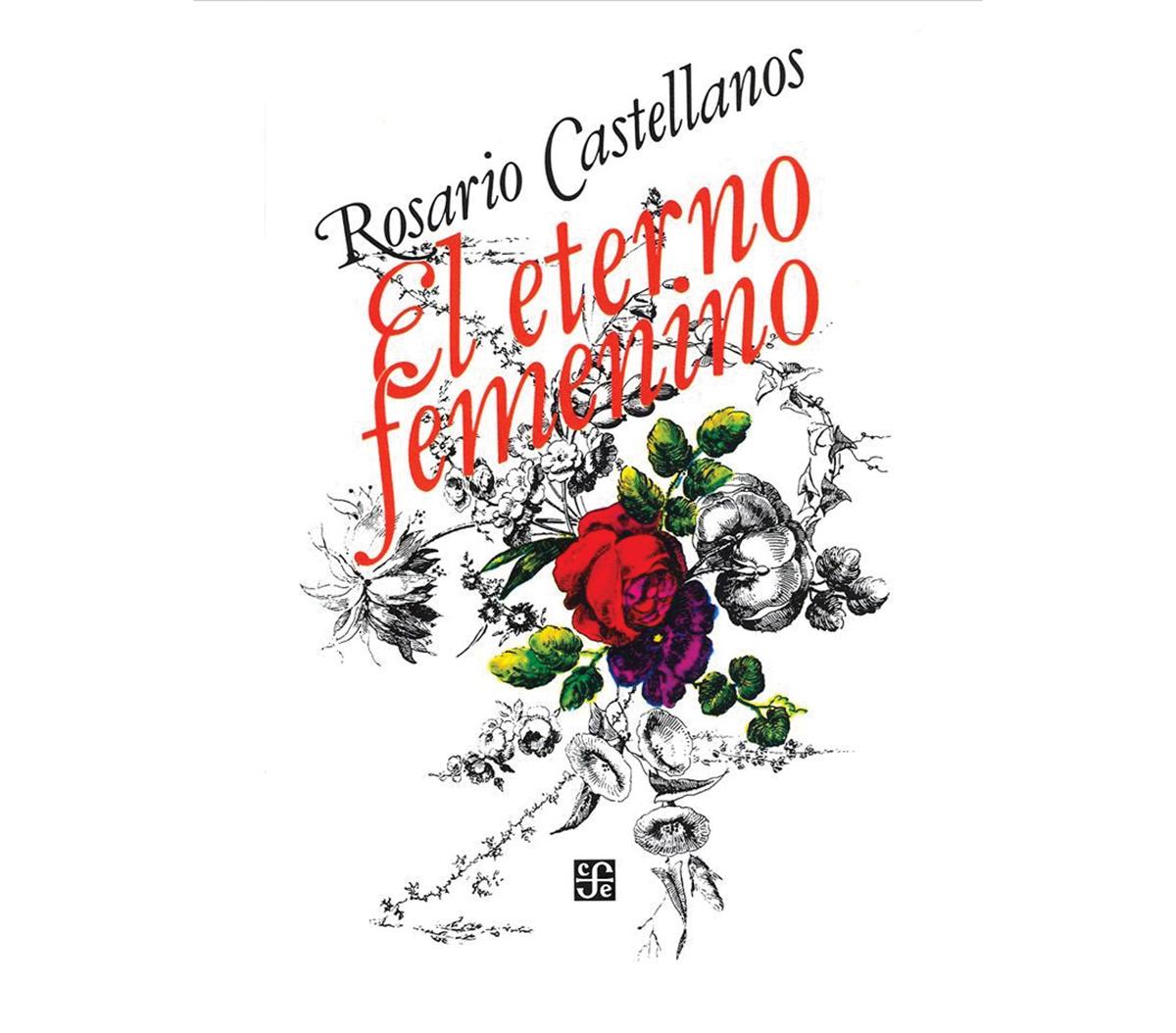
by Erin Gallo, PhD candidate, Department of Romance Languages
In May 2016, Google celebrated Rosario Castellanos (1925-1974) with a doodle of the Mexican feminist author gazing up towards the moon, championing her work as “fundamental to the development of the female voice in literature, both in her homeland and across the world.” This homage—which appeared serendipitously as I was in the depths of my dissertation, an intellectual biography of Castellanos—illustrated the international dimensions at the core of her feminist journey I was intending to highlight. Google’s appreciation of Castellanos redeemed the author known primarily within the contexts of the Spanish-speaking world despite that her work speaks to and is shaped by feminist discourses around the globe.
My dissertation, International Interventions: Rosario Castellanos and Global Feminist Literature, argues that Castellanos was deeply invested in feminist discourses emerging across the world with a caveat: As a Mexican woman she tackled postcolonial dynamics at home like race, class, and political corruption that were foreign to First-World feminists’ agendas.
Castellanos was a Cold War cosmopolitan who could not escape her marginality as a Mexican when facing other figures of the second-wave. To access this dynamic I read her alongside Simone de Beauvoir, Simone Weil, Betty Friedan, Virginia Woolf, Emily Dickinson, Ivy Compton-Burnett, Sor Juana Inés de la Cruz, Gabriela Mistral, Clarice Lispector, and other less-canonical figures, showing how she mediated their relevance to her local context.
In the second half of the twentieth century, Castellanos’s extraordinary cosmopolitan biography tells a tale of feminism in transit: in 1950 she lived in Spain on a scholarship funded by Francoist Spain; throughout the ’60s she wrote extensively for the local liberal print, Excélsior; from 1966-67 she worked at three state universities in the U.S. as a visiting professor of Spanish; in 1969 she traveled to Chile for an international literary gathering; in 1971 she visited her friend, Octavio Paz, in Paris while he was the Mexican Ambassador to France and that same year she was appointed as Mexico’s Ambassador to Israel until her untimely death in 1974. After analyzing these international travels alongside the massive corpus of literature she produced throughout this time (more than ten poetry collections and five essay collections, among novels, plays, and short stories), it becomes evident that her formation as a global citizen is inextricable from the feminist character of her literary evolution.
Unfortunately for her because they were equals and contemporaries, Castellanos has been considered the “Simone de Beauvoir” of Mexico, an analogy that reproduces the colonial dynamic that assumes Beauvoir must have influenced Castellanos. But Castellanos’s groundbreaking 1950 master’s thesis “Sobre cultura femenina” was published just one year after the publication of “Le deuxième sexe” and before Castellanos had read Beauvoir. Furthermore, the texts undertake women’s social and cultural marginality from strikingly similar angles, which means that Beauvoir could not have yet “influenced” the Mexican woman. These kinds of biases lurk behind what it means to consider Castellanos in the same light as other second-wave feminists.
My research has been motivated by the fact that Castellanos’s biography is fraught with gaps. For instance, in order to document her time as a visiting professor at three U.S. universities between 1966-67—during the inchoate stages of the U.S. Women’s Liberation Movement—I interviewed two of her former students from the University of Wisconsin, Madison and Indiana University, Bloomington, both of whom attested with clarity and fondness to her personae in and out of the classroom. I recovered documents from Indiana University that brought me closer to her self-representation. I spoke with an expert on Latin American intellectuals in the U.S. academy, who confessed she had never learned that Castellanos was among this literary horde, an exercise in the invisibility of women in history.
Thanks to a research grant from the CSWS I spent winter term of 2016 in Mexico City finishing crucial research for my dissertation. I accessed texts and individuals that are unavailable in the U.S., such as a collection of touching poems and memoires dedicated to Castellanos immediately following her death in 1974. Her intellectual legacy was evident each day that I sat at the buzzing Librería Rosario Castellanos in the Colonia Condesa, inching closer to her life and works by absorbing the soundscapes and landscapes that impacted her literary production while she was living in Mexico City. Her literature reverberated in the language, culture, and political climate of today, allowing me to make broader connections to Mexico’s current events. For example, the nationalist rhetoric she deplored in the 1960s was exaggerated on radio and TV during Pope Francis’s extravagant visit in February to “secular” Mexico.
Global feminism is a notion that began with the 1975 International Women’s Year held in Castellanos’s home in Mexico City, but the author’s untimely death in 1974 came just one year earlier. Although it was the most momentous event of its time to bring women of the world together, 1975 marks the initial clash of First- and Third-World feminisms that would be the beginning of a more inclusive and locally responsive third-wave. Perhaps it was here in Mexico City in 1975 that Castellanos could have put Mexico on the map in feminist terms, rather than making her global debut in a 2016 Google doodle.
—Erin Gallo received a 2015-16 CSWS Graduate Student Research Grant in support of this research project.

